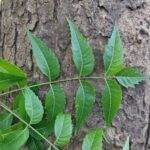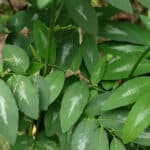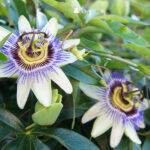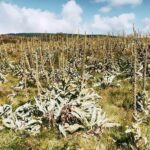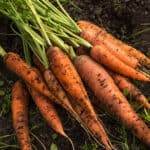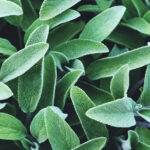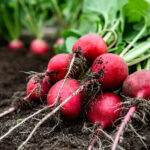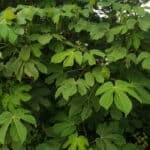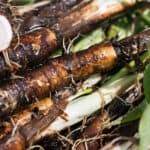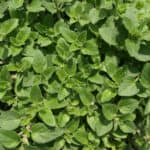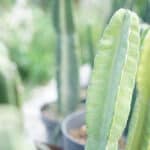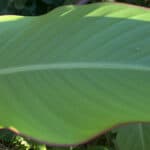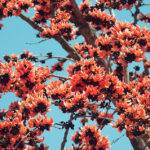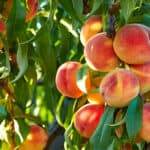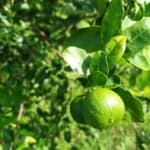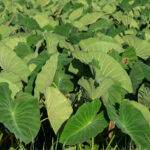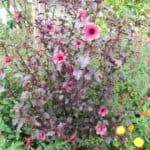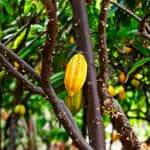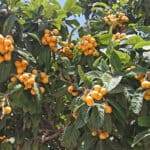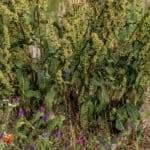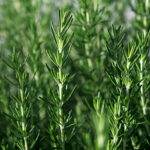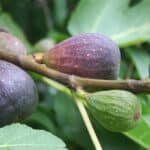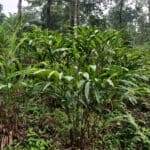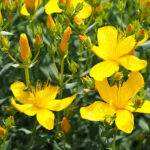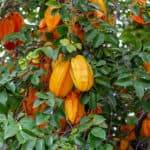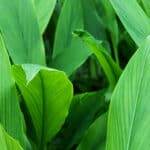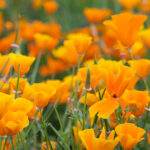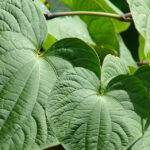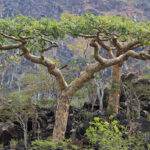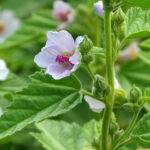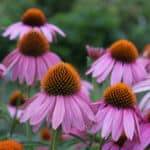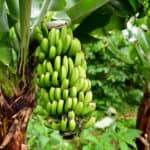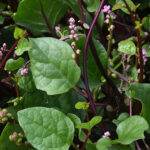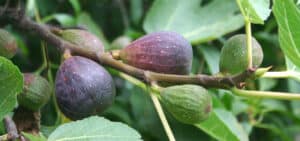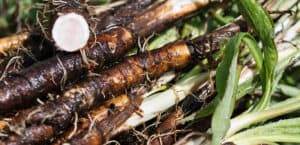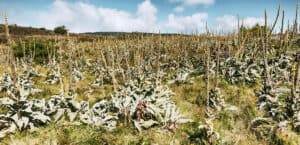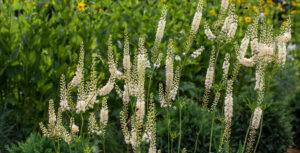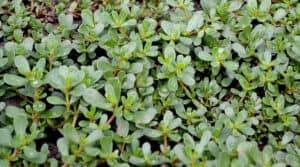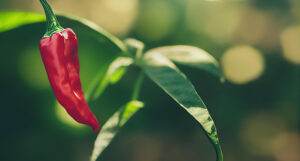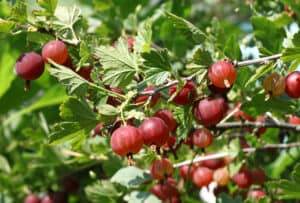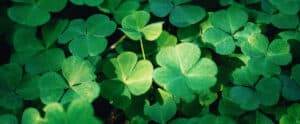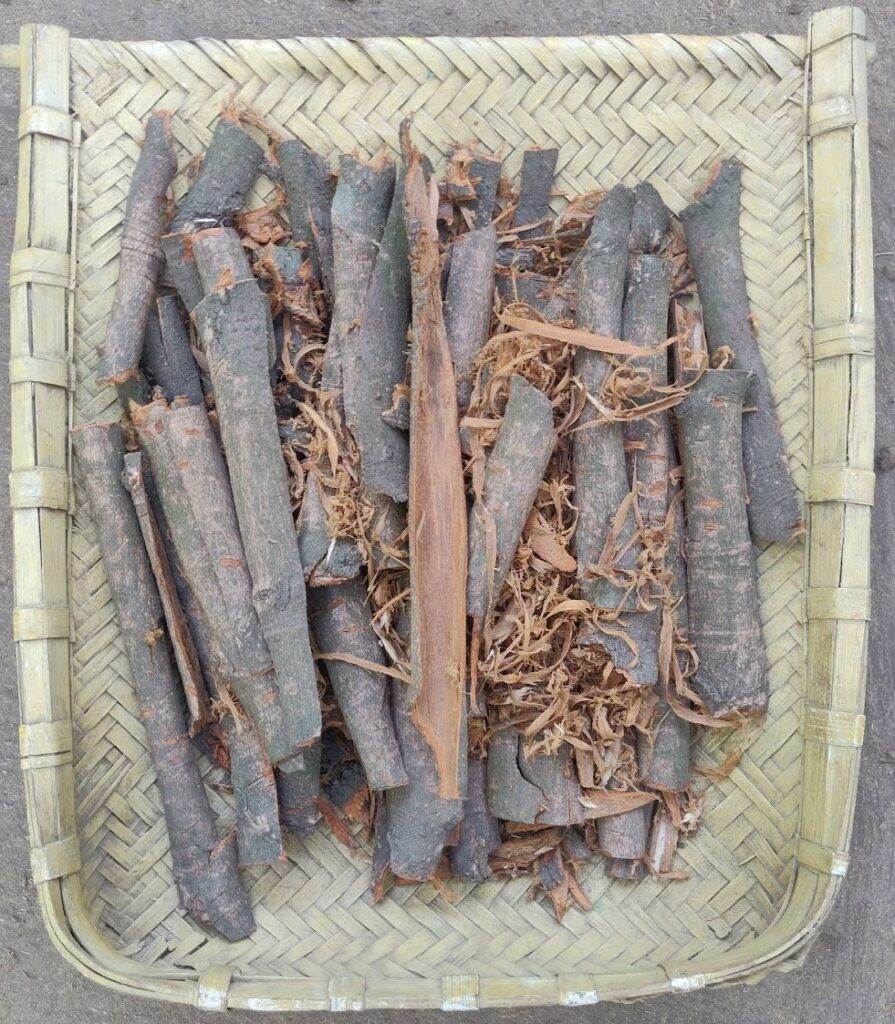
From baking to essence and from spice to sweet, a little cinnamon sets the tone just right! However, did you know that there are different varieties of cinnamon?
Amongst the many, the most common varieties are Cinnamomum Verum, Saigon, Korintje Cinnamon, and Cinnamomum Aromaticum also known as Cassia cinnamon or Chinese cinnamon which is also the most cinnamon in supermarkets.
Here in India, Cinnamomum Verumn, also known as true Cinnamon, has been an integral part of traditional food forests. Two spices are harvested from the same tree, the leaves which are used intensively in cooking and as pest repellent, and the Cinnamon sticks harvested from the bark.
It is also known as Ceylon Cinnamon as it is native to Sri Lanka which was formerly named ‘Ceylon’ by the colonizers. It is also native to the neighbouring Malabar Coast of India, and Myanmar (Burma). It is now cultivated throughout parts of Asia, South America, and the West Indies.
Interesting Fact: The name Cinnamomum Verum comes from the Greek word Kinnamomon which means spice and verum translates as true.
Some common names from India are, dalchini in Marathi and Hindi where dal means ‘branch’ and chini means ‘sweet’. It is called Darchini in Urdu, Daruchini in Bengali, Darusita in Sanskrit, and Karua in Tamil.
It is well known in folk medicine for its ability to treat gastrointestinal ailments and is actively used in micro quantities every day in domestic cooking for the same reasons along with the prominent flavor.
It is a great plant to add to your garden or farm, especially when you wish to grow self-sufficient! The leaves and bark can be used in diverse forms, from brewing a cup full of aromatic tea and baking sweets to making your own cinnamon and bay leaves products like spice mix, and scented bath products!
Plant Description
It belongs to the Lauraceae family, it is a perennial, evergreen, aromatic tree known for its myriad purposes like domestic culinary usage, flavoring processed food, therapeutic and essence products, and medicine and it also offers diverse regenerative benefits in cultivated ecologies.
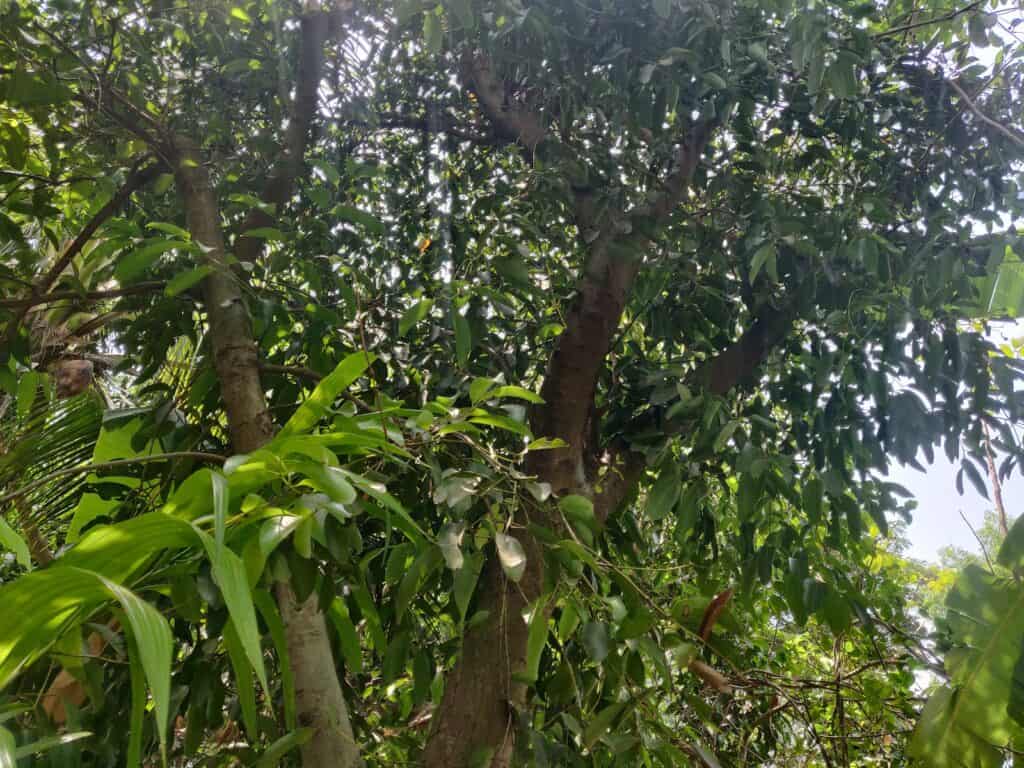
It is a medium-height tree that grows in the range of 10 to 30 meters. It can be found growing as an understory or at the canopy level in the tropical forests of India and Sri Lanka.
The height is kept smaller (2 to 5m) in cultivated ecologies as the plant is coppiced regularly for harvest.
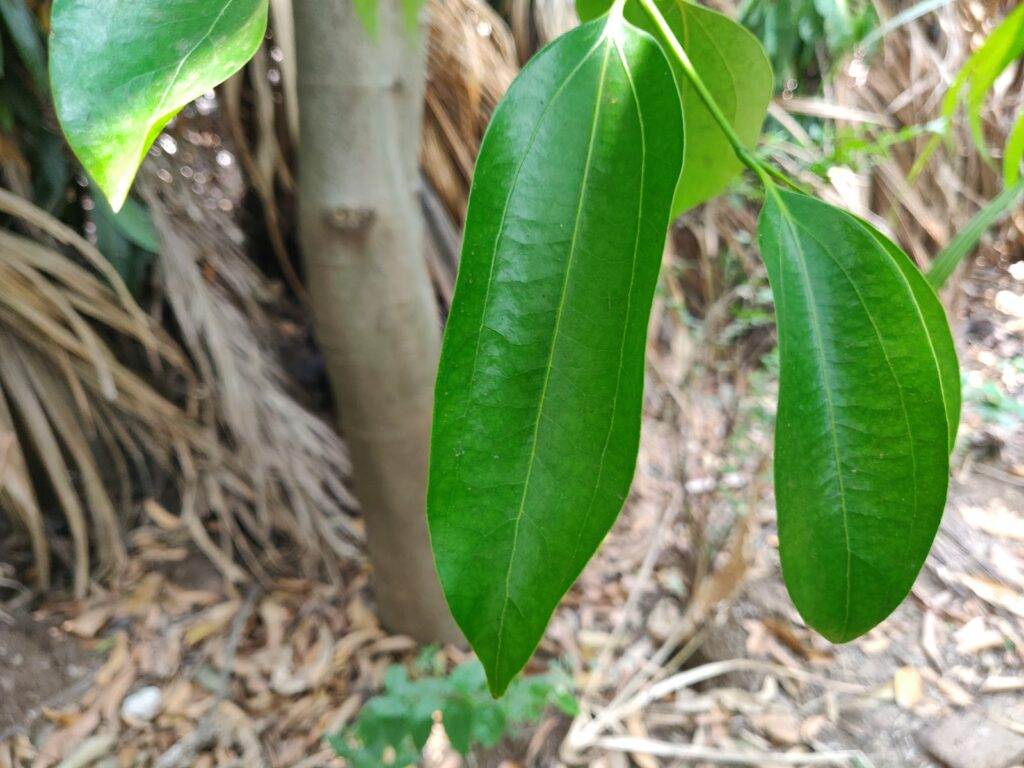
The leaves are 3 to 7 inches long, ovate to elliptical or lanceolate, thick, opposite, with simple margins. Mature leaves are stiff, glassy dark green in color above, pale glaucous beneath. They have roughly parallel veins that are inverted and a strong cinnamon smell.
They are sometimes called Tejpatta or Dalchini leaves and are used in a similar way as that of Indian Bay Leaf (Cinnamomum Tamala leaves) however the tastes are different. They are simmered in long-cooked dishes and removed before eating.
The young new foliage appears in April here in India and that’s when the tree puts on a visually spectacular show of soft shades of magenta and pink and they appear slightly translucent.
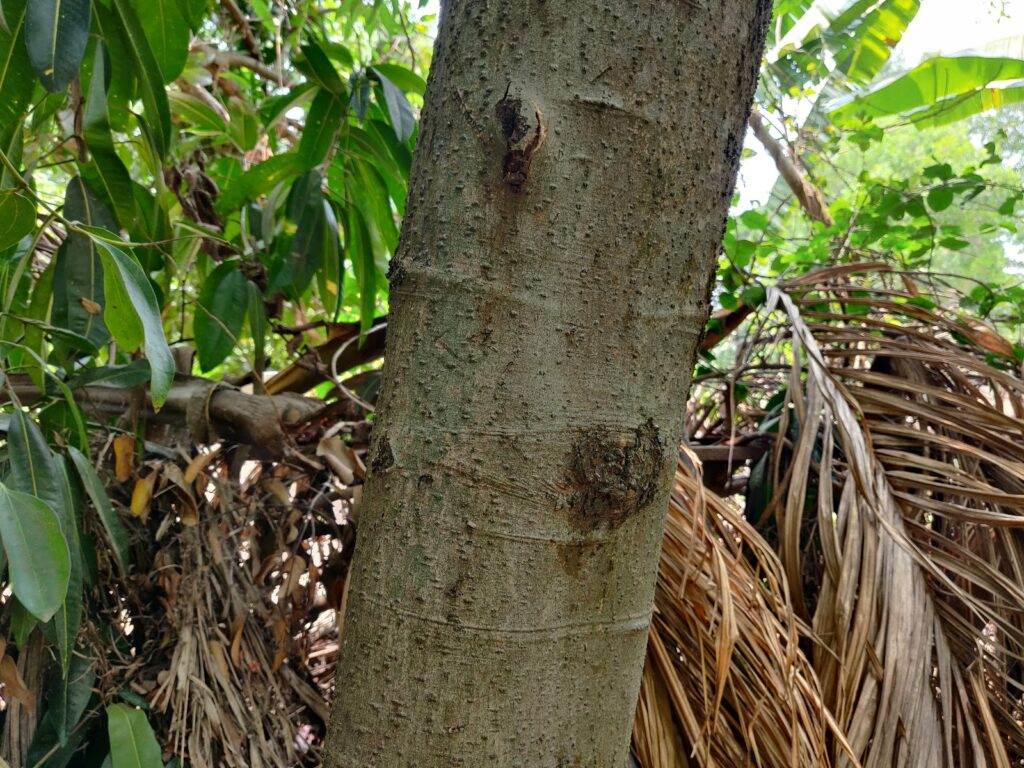
The barks are thick with a rough texture and sometimes a few cracks. Young barks are pale brown and grow darker in the shade as they mature.
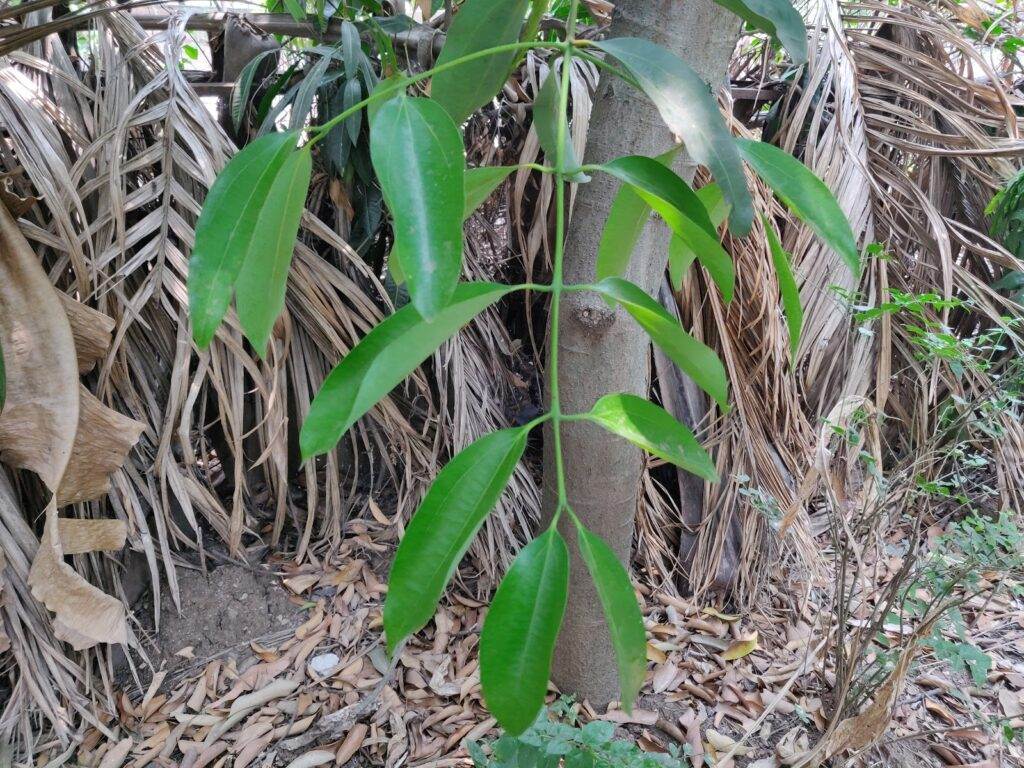
The branchlets are smooth and light green to slightly yellow. In the wild the plant shows low branching with pinkish-brown branches however this might not occur in cultivated ecologies when the plant is coppiced. The oils are present in the phloem.
The flowers are small, arranged in panicles, grow in clusters, and are white to slightly cream or off-white. They are bisexual, start to appear by March or April, and have a fetid smell.
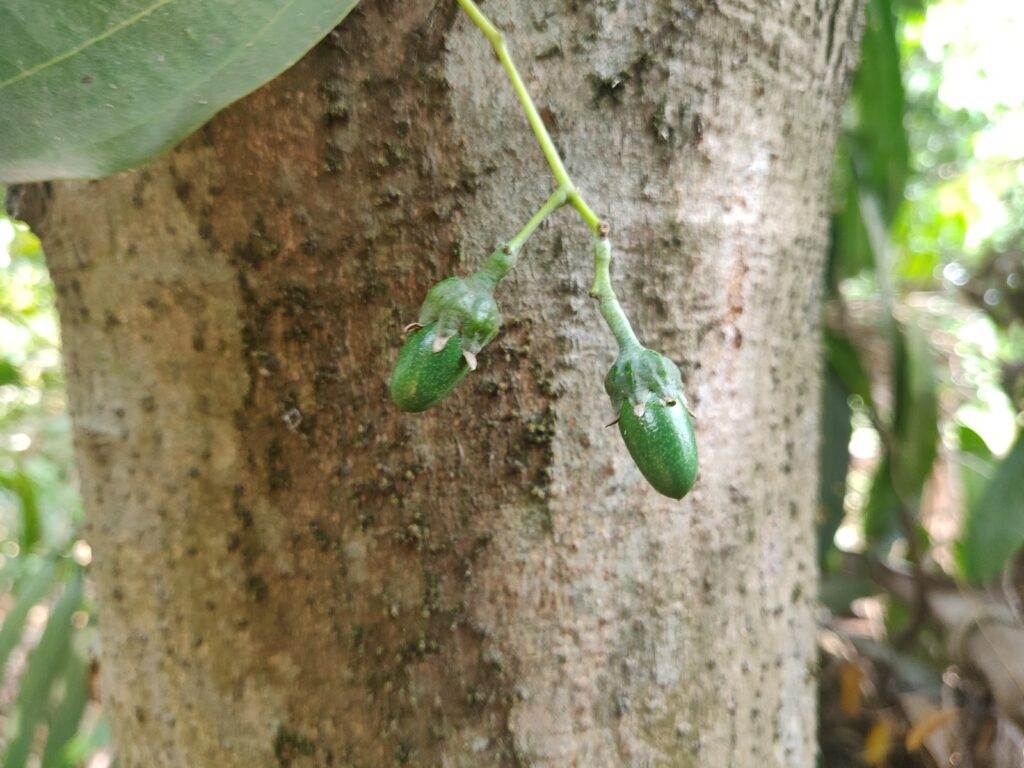
The fruits are fleshy, hard, and green when unripe and purple when ripe, and the seed exists in between the central stone. They are around 1cm in size and one fruit contains one seed.
In nature, the plant is propagated by seeds, and the ripe fruits are preferred by birds the seeds are carried and germinated via bird droppings and are known to travel via water bodies staying intact for up to 20 days.
Regenerative Benefits of Including Cinnamon in Cultivated Ecologies
Excellent Windbreaks
Being hardy and sturdy, cinnamon makes a great plant to add to your windbreak, especially when coppiced, the branches grow denser making it denser and flexible enough to slow down the impact of wind without breaking.
It goes well for boundaries in ornamental landscaping. The plant can achieve a spread of 4 to 9m with hardy branches providing both support and shade.
Produces Quality Mulch
The leaves are thick and disintegrate slowly when used as mulch making it a great mulch. Also, new shoots keep growing when chopped leading to good foliage for chop and drop as well.
Antimicrobial and Insecticidal Properties
The bark oil has fungicidal properties against various pests, it is known for repelling and cursing damage to the Aspergillus species. The leaf oil extracts are used in soaps and insecticides. In India the leaves are used in grain and seed storage, they are shade dried and added to containers.
Interesting Application: Cinnamon Leaves are placed in racks and around countertops to repel cockroaches. You can simply place a couple of leaves in racks, under the sink, or in the corners of washrooms and toilets to repel roaches.
Strong Economic Impacts
Cinnamon comes under the major non-timber forest products and is highly valued due to its properties and preference throughout the globe. True Cinnamon is slightly more expensive than Cassia and in addition to the spice, other products like leaf, bark oil, and oleoresin are also highly valued and help locals get good economic returns. The livelihoods of locals depend on cinnamon plantations in Sri Lanka making it a major source of income, the secondary being cinnamon and other spices tourism.
Interesting Fact: The same tree however 3 different parts of it produce 3 different extracts; eugenol in the leaves, cinnamaldehyde in the bark, and camphor in the root making it a source of versatile products.
Tolerates Shade
The plant does keep growing towards light however can tolerate partial shade. The young plants can be planted below the canopy in shade and they can establish themselves in those spots well. It’s a great plant to include in your existing food forest below the existing vegetation.
Medicinal Properties
The bark is an astringent, stimulant, and carminative in Homoeopathy, Ayurveda, and Folk Medicine. It is used to treat wounds, anxiety, and diabetes and is also speculated to help manage HIV.
It helps aid digestion and the bark extracts are thus added in micro quantities in everyday meals.
Traditionally, cinnamon bark drops are used as a sedative during childbirth, and is also recommended to chew the sticks to speed up the process. A poultice of cinnamon bark is used to treat rheumatism.
Culinary Applications And Beyond
The dried inner bark and leaves are used as both whole spices and in grounded form. The major constituents of cinnamon bark are cinnamaldehyde and trans-cinnamaldehyde (Cin) which are present in the oil and are responsible for the fragrance and other biological activities. Whereas the prominent constituent in the leaf is eugenol.
The inner bark has a delicately fragrant aroma and a warm sweet flavor and here in India, traditionally, both sticks and leaves are used regularly in tiny proportions for domestic culinary purposes. It is also used for flavoring processed foods such as baked items, liqueur, pickles, sweets, beverages, sauces, and more.
Along with the existing applications, today it is used at the industrial level for confectionery products, making chewing gums, perfumes, oral hygiene products like mouthwash and tooth-powder and paste, essence, and for making perfumes.
It is also consumed as a breath freshener and sweetener.
How to Grow and Care for True Cinnamon?
Even though the ideal location for cinnamon is outdoors, one can grow cinnamon in large pots indoors as well, especially for leaf harvest. Let’s begin with understanding the growing conditions first!
Temperature and Environment Right
Being a tropical rainforest tree, True Cinnamon needs a humid, wet, and warm climate. It thrives in an average temperature of ranging from 27 to 30 °C, however, can tolerate a range of 25 to 35 °C. Extremes of cold or when temperatures drop below 20°C and heat can affect the growth and quality of produce, making it bitter.
It is found growing from the lowlands up to 700 m however the best yield comes from the one growing below 500m.
Soil
It thrives in organic matter-rich, moist and well-drained sandy loam soils with slightly acidic to slightly alkaline pH. It can tolerate slight gravels, sandy and laterite soils and struggles in stony, rocky and waterlogged soils.
Sun
It needs bright sunlight, thus it is grown in full sun in cultivated ecologies, however, it can tolerate partially shaded spots under the canopy as well. In uncultivated ecologies, it is found to grow at an understory level as well.
Water
The plant thrives in a mean annual rainfall of 1500 to 2000 mm and can survive a range of 300 to 3000 mm as well. It has evolved to receive about 150 days yearly and no prolonged dry period. In cultivated ecologies, the plant needs regular moderate irrigation, enough to keep the soil moist but not waterlogged. Irrigate when the top 3 to 4 inches of soil goes dry.
If you are growing the plant indoors, spray mist over the leaves.
Diseases and Pest
Leaf miners, gall, and leaf mites are common occurrences causing occasional damage however a healthy established plant can combat them just fine, however, young ones are vulnerable and thus ensuring the right microenvironment plays an important role. Root-knot nematodes are observed in some cases as well. Need seed kernel oil is diluted and sprayed on leaves and barks and wood ash is sprinkled on foliage to get rid of external pest attacks.
The plant is host to cinnamon butterflies (Chilasa clytia) and it can sometimes turn into a serious pest when the plant is young. The larvae are spotted during wet seasons, they feed on leaves, especially tender and the whole plant if they reach the infestation stage where they eat up most of the leaves.
Propagation
It is traditionally propagated from seeds and air layering; however, in advanced setups, it is also propagated from leaf cuttings and tissue culture.
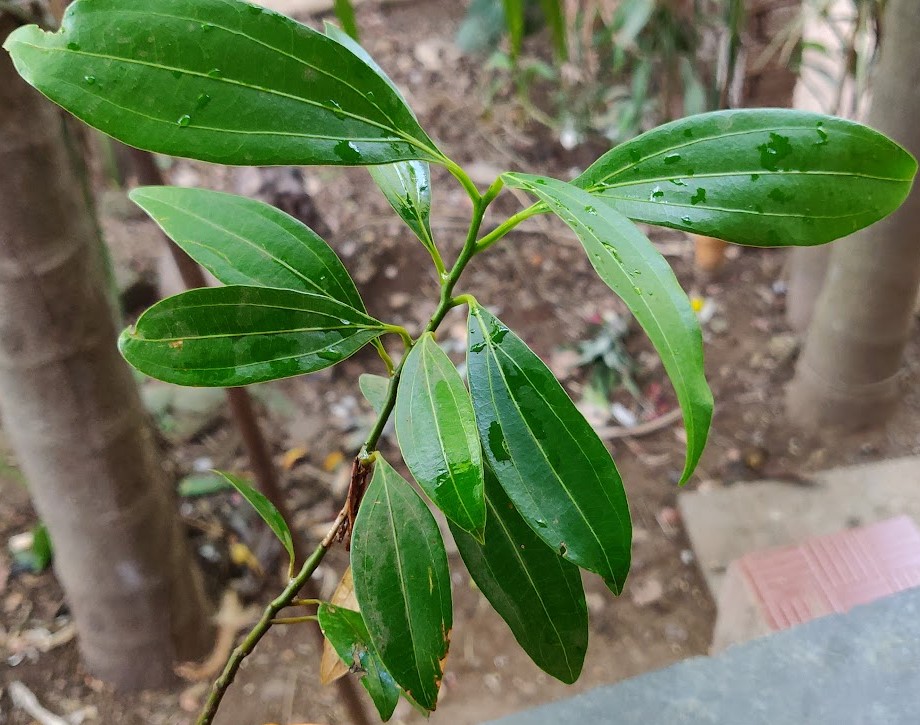
You can either collect ripe cinnamon fruits from below a tree or source them online, however, the seeds lose their viability pretty quickly and thus need to be sourced accordingly.
Collect the ripe fruits and let them rot naturally, remove the seeds, wash and dry them a bit if you wish to store them for a few days, or sow them directly in the soil. The freshly collected seeds germinate in 20 to 30 days in tropical zones.
You can start in a nursery pocket/pot or directly in the field. The potting mix needs to be a mix of well-draining soil and organic matter. Sow the seeds an inch deep and keep the soil moist however not too wet. That’s pretty much it! Now wait for a couple of weeks.
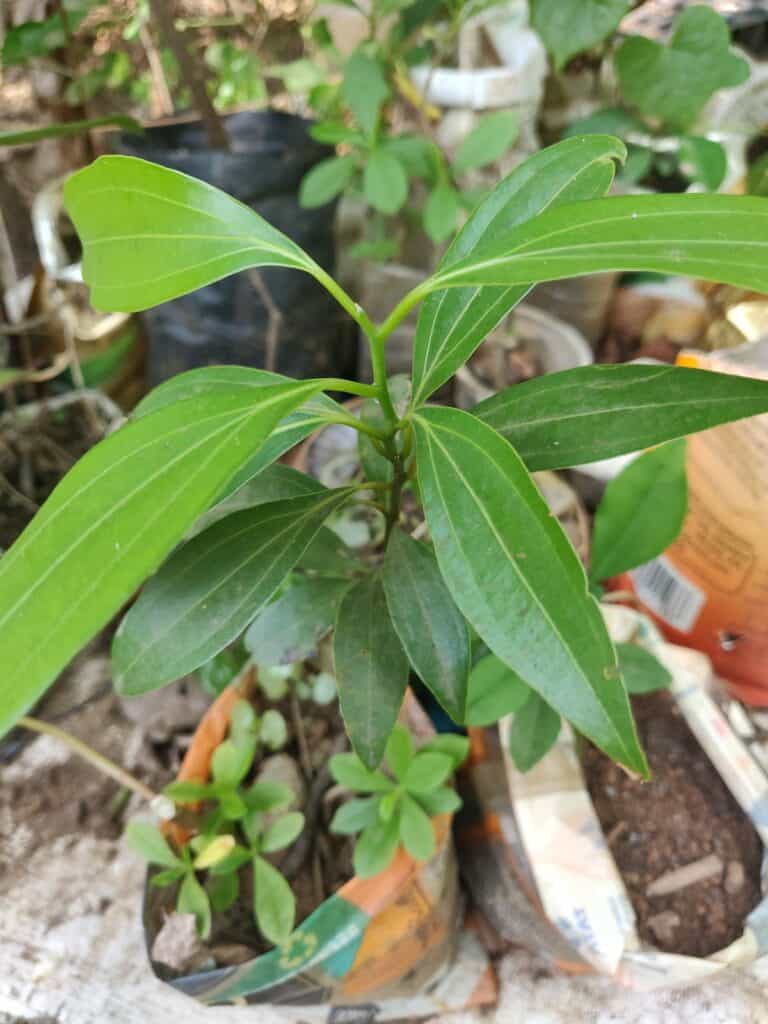
Additionally, place the pots or choose the location for direct sowing that receives filtered sunlight or has partial shade during peak sun hours.
Post germination, mulch the soil around the seedling to prevent moisture loss and maintain stable soil temperature.
Important Note: The plant has an extensive root system and at the seedling stage the root growth is rapid, the seed sends out a tap root which upon establishment sends out lateral roots. Thus a deep nursery pocket or bed is important when raising seedlings.
Propagating from Stem & Air Layering
Select a branch with 2 to 3 nodes and nearly 5 to 6 inches in length, cut it off, leave one to 2 leaves and take off rest, plant it in a nutrient-rich, well-draining potting mix. Place the pot in a warm and partially shaded spot. It takes around 45 to 60 days for the roots to develop and the sapling can be transplanted after a year of visible new leaf growth.
Semi-hardwood branches are selected for air layering and the growth hormone for sprinkling on the air layering cut can be, well cinnamon powder itself!
Additionally, rootstock propagation is preferred for Cinnamon plantations.
When starting from seeds it takes 4 to 6 years to harvest the first mature branch and the first few years yield a lighter quality harvest and improve with time. Also, when the existing plant is coppiced, it takes 2 to 3 years for the new shoots to mature.
Preparation Of Land For Plantation
Select a well-draining spot and dig 1 to 1.5 ft deep and wide pits, the distance between the next tree needs to be around 3 to 4 meters for helping the tree achieve a healthy spread. Mix compost with the soil and transfer the saplings into the pit. Add artificial shade or plant a quick-growing shrub for shade as having shade during the initial 2 to 3 years helps the plant establish faster. It also grows fine when planted in the shade of other trees.
It’s planted in the monsoon here in India to leverage on 3 to 4 months of moisture availability which increases the survival rate.
Caring for True Cinnamon
Cinnamon tree requires regular maintenance with irrigation and pruning and thus is recommended to have it in zone 2 to 3 in a permaculture design. It can be placed in wild zones as it hosts wildlife however, it needs careful observation before doing it as the tree has the potential to go invasive in non-native zones.
Let the newly planted cinnamon establish for 2 to 3 years. Post which trims it down to desirable height or up to 15 cm above ground for encouraging branching. The stems can be kept straight by pruning new nodes.
Stump Care Tip: Always cover the coppiced stump with some earth to keep it from rotting and encourage the development of side shoots.
In cultivated ecologies, it is important to ensure a steady supply of water without overwatering the soils. For new plantations, it is important to maintain moist soils for initial 2 to 3 years and grow the plant in partial shade.
Water Saving Tip: The tree produces amazing mulch and it is recommended to maintain it below the tree for moisture retention and reducing the irrigation requirements.
Invasive Concerns
The plant propagates through bird drops and has the potential to grow into a dominant tree in tropical zones, especially lowlands. It can shade out and suppress the native species and grow larger to compete. It had become an aggressive colonizer in Seychelles and is listed as a weed in the Pacific Islands Pest List Database.
Water dispersal is also a possibility as the seeds are known to stay viable for up to 20 days when traveling through water, thus avoid planting it beside water bodies, especially streams.
Harvesting and Storing
When harvesting cinnamon, nothing goes to waste, the barks are peeled for sticks, the leaves are separated as individual spices or made into cinnamon leaf oil and the remaining wood is used as firewood, especially to heat the furnace for the oil-making process.
Harvesting Cinnamon Bark
The cinnamon that we source from the store, strips or quills as they are known, comes from the inner bark of the cinnamon tree. It takes a lot of manual effort and skills to extract and process them.
Traditionally the bark is harvested in May and June. They are chopped early in the morning as they are moist due to the moisture present around throughout the night which makes it easy to peel them also the wet seasons help activate the cambium making it easier to separate the cortex from the wood.
The process starts with selecting a 3 to 4-m tall branch with a diameter ranging from 1.5 to 5 cm. Then the branches are cut into pieces of 1 to 1.5 m. The mature shoot is chopped close to the ground with a machete-like local tool and sometimes as branches. As soon as the process begins, the processing shade gets filled with an intense aroma!
Then they are bundled and taken to a dry and shaded indoor place where they are dipped in water for a quick wash if required (presence of mud or dust). Then all the branches are cleaned of any existing nodes by chopping them off.
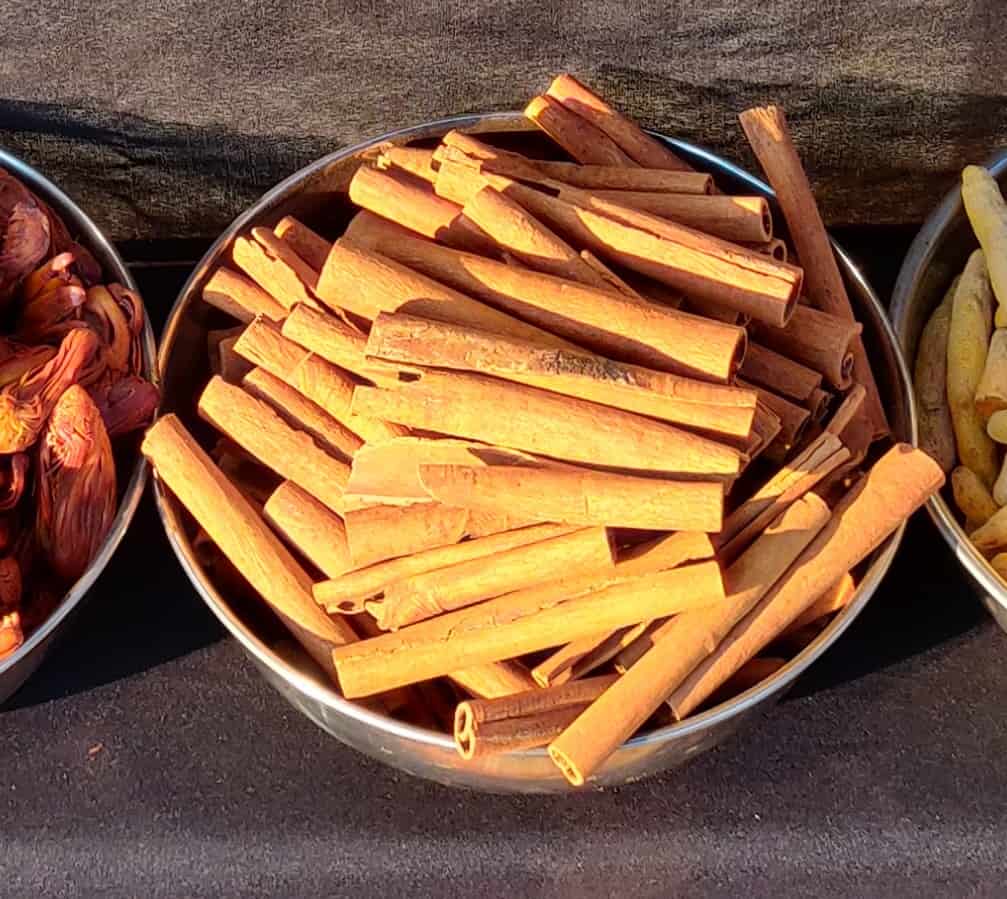
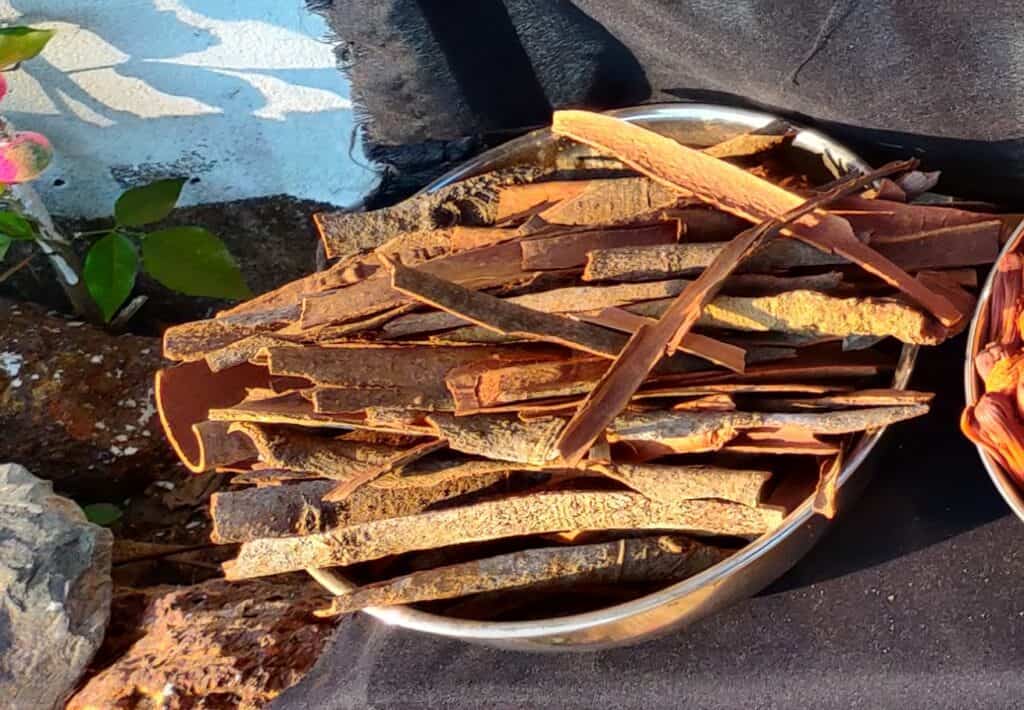
There are 2 preferences, one where the bark is scraped off by removing the outer bark and one without.
The process is completed on the same day as the harvest to maintain the biological qualities of the harvest.
The bark is then rubbed with a brass rod or in between two brass rods, this helps release oils through the skin and loosen up the bark for peeling. Post which the bark is peeled carefully with a butter knife-like knife by making 2 longitudinal cuts and sliding the soft edges of the knife below to peel the skin. These peels are dried in the shade for 10 to 15 days or more depending on the humidity levels. Thicker branches are dried in the sun after shade drying for a couple of days to prevent mold formation.
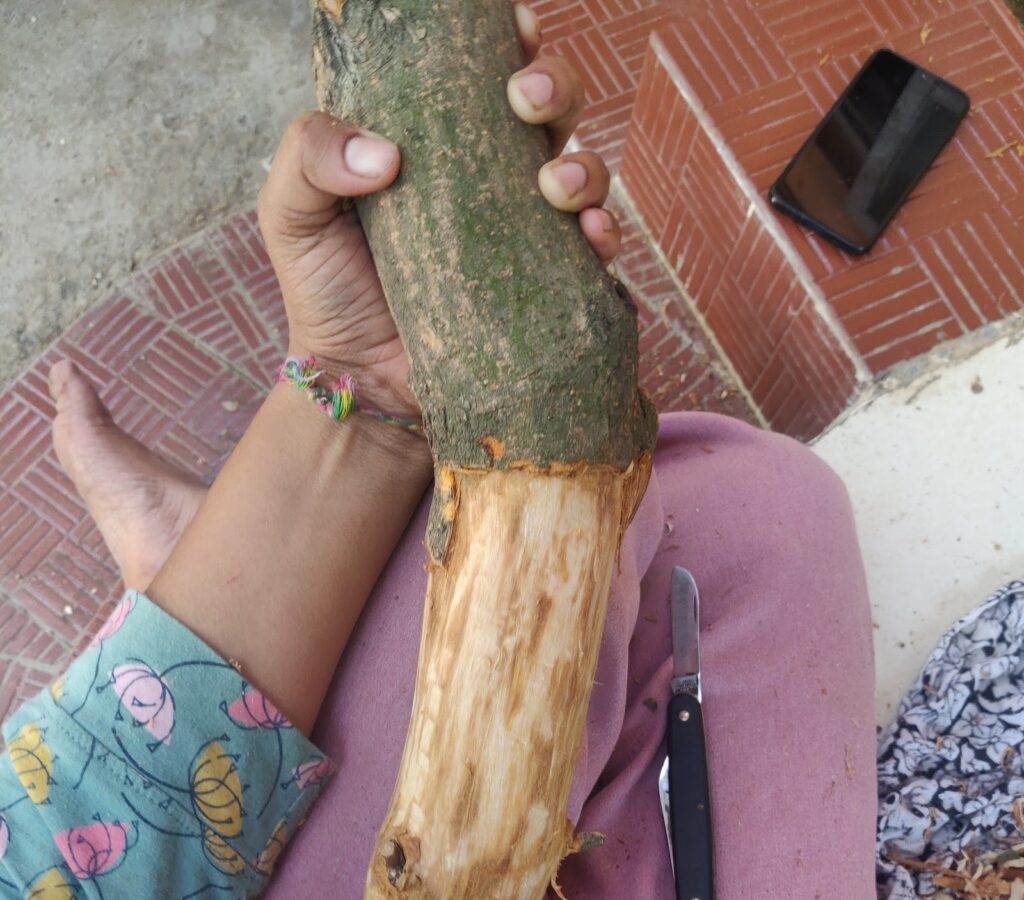
Post drying the longer pieces are stuffed with the short pieces of the same quality bark to maintain a cylindrical shape that looks like a cigar.
Interesting Fact: Traditionally some coconut coir ropes are tied half to 1 foot below the ceiling of houses, tied parallel to each other acting as a drying rack made of thin ropes. The freshly harvested quills are carefully placed on the ropes and dry fine without requiring additional setups. Once dry, they are bundled up and stored away from sunlight and in moisture-free spaces or containers.
For commercial production, the length of the peels is important and maintained at 50 to 100 cm long.
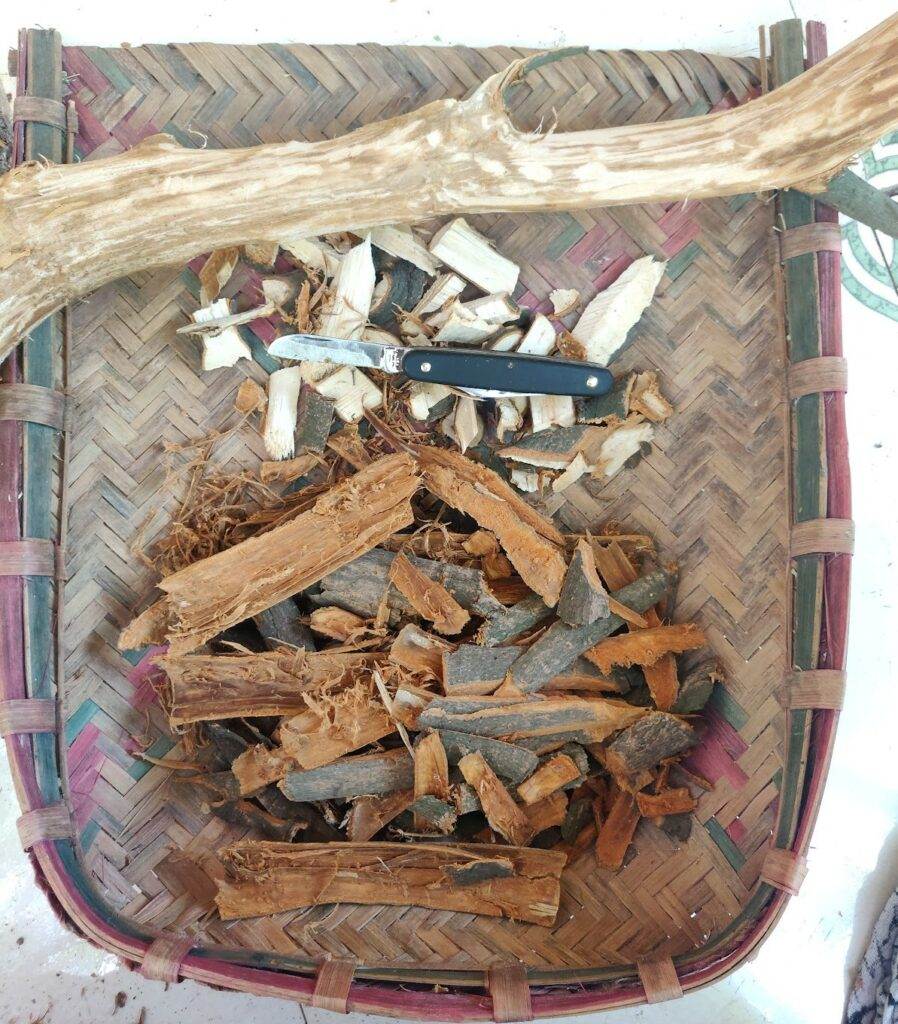
The peeling of skin takes years of practice and skills to get it right. If you are growing cinnamon as a large tree, like us, you will find uneven and shorter branches, they give shorter pieces however the flavors are still intact so don’t worry if your harvest doesn’t look exactly like the cinnamon quills available in the market.
Low Waste Tip: When peeling, save and store the tiny shredded bark shavings in an airtight jar, use them for brewing tea!
Harvesting Cinnamon Leaves
Unlike bark, you don’t have to wait for 3 to 5 years to harvest leaves, you can start harvesting a handful from the initial year of plantation onwards.
You can consume both fresh and dried leaves however, dry leaves are preferred more for their stronger aroma and intense flavor.
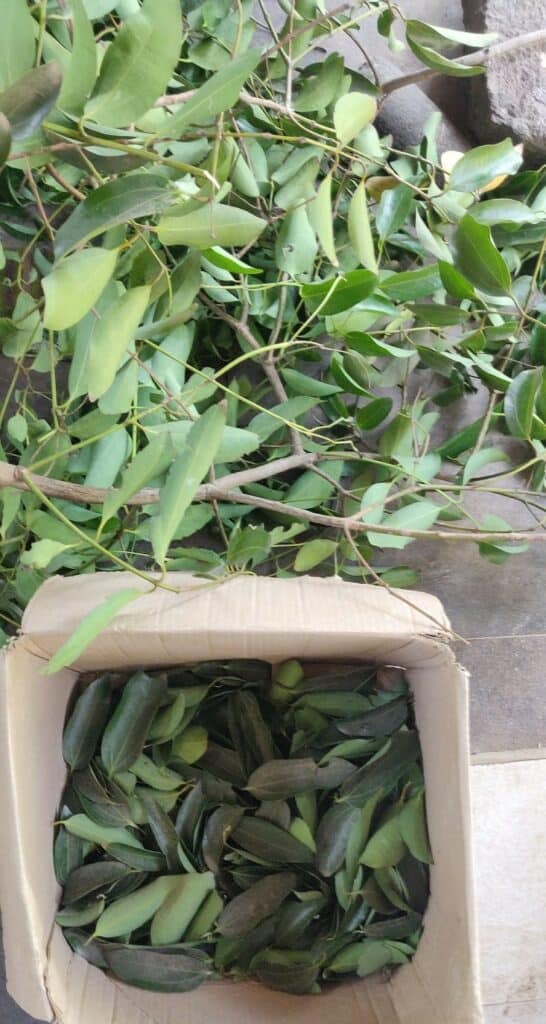
Depending on the size of the tree, you can either harvest leaves individually by hand or harvest branches for bark harvest and separate leaves.
The leaves are usually separated during the bark harvest itself as a byproduct or separately when the need arises.
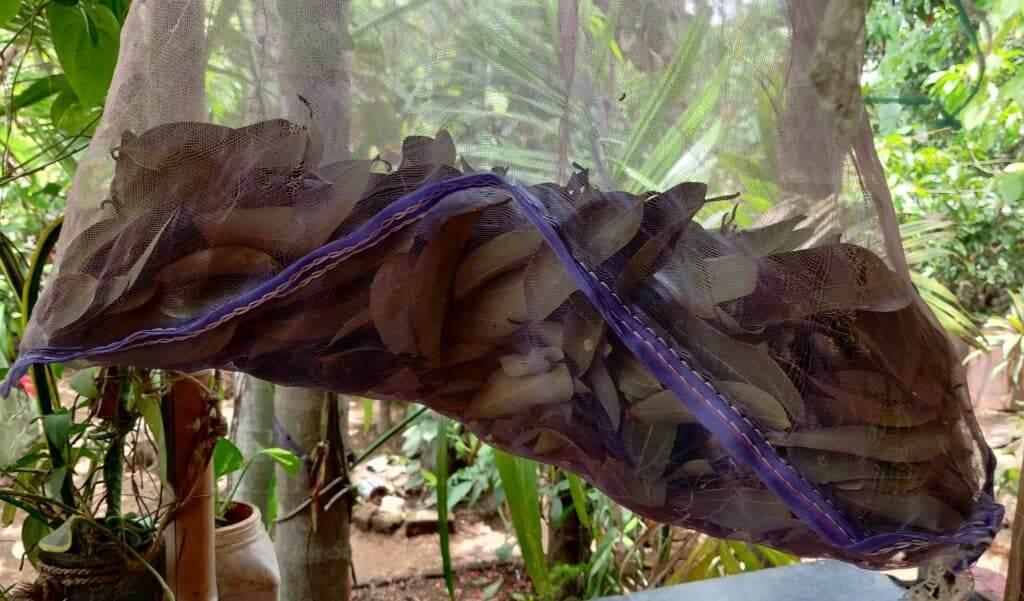
They are dried in the shade and need ventilation to prevent mold formation and faster drying. They can be kept hanging in nets or laid down on a piece of cloth for drying.
They have dust residues and spider net at times and thus need to be wiped clean before storage and before usage.
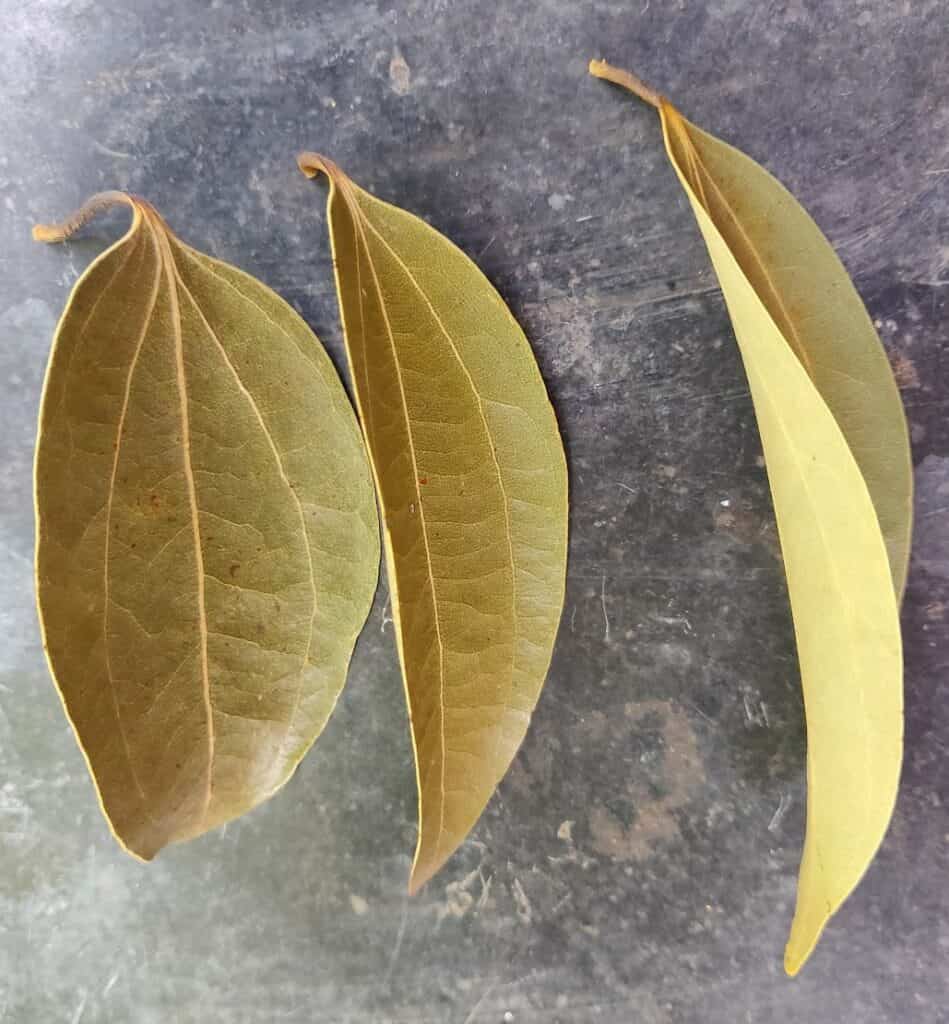
It takes around 5 to 10 days for drying the leaves, they turn slightly brittle and the shade turns to hues of ochre yellow. Post drying they can be stored in containers or jars.
For extracting cinnamon leaf oil, the leaves are bundled up and allowed to dry in the sun for 2 to 5 days post which they are taken to the distillation unit where oil is extracted via steam or hydro-distillation with cohobation method. The oil is highly concentrated and is to be used only in diluted form.
Interesting Fact: The oil is a great mosquito repellent and is diluted and made into a spray or locally is mixed with water and sprayed on the body and around the house to get rid of mosquitos.
Both Leaf and bark oil is used in soap and perfume making, it is also used in toothpaste, hair oils, face and body creams, and more.
Harvesting Seeds
The seeds are harvested for their oils too. Ripe fruits are collected and washed off the pulp and the seeds are dried, crushed, and boiled to extract the oils. They contain around 30% fixed oil and it is used for making candles here in India.
Traditional Usage
Cinnamon is used in both whole and powdered forms daily in micro qualities. Most of the traditional communities dry and grind spices together during summer and store and store them as a year-long supply of masala. These spices are powdered in local mills, both as individual spices or a mix of chilies and other spices.
Separate mixes are made and stored for different cooking needs like meat, chicken, fish, beans, flavored rice, biryanis, rasam powders, tea masala, sambar masala, curry powders, savory items, and more. Cinnamon is a must in this spice mix and is added in lesser qualities by shade drying and slightly roasting to make it crisp for smoother blending.
Consumption Concerns
Unlike Cassia which is known for containing 1% coumarin, True Cinnamon has just a trace of it (0/004%) making it safer, especially taking in infusion form as a remedy. However, I feel its best to balance consumption by combining traditional wisdom and science to ensure we don’t overdo it 🙂
Conclusion
Being a potent spice, even when grown on a small scale, cinnamon has the potential to help growers support themselves with a supply of spice, pest repellent, medicinal properties, preservatives, and essence. This makes it one plant contributing to multiple functional yields and believe me, it’s worth trying!
References:
- https://indiabiodiversity.org/species/show/9373#description
- https://www.aljazeera.com/features/2021/10/18/harvesting-true-cinnamon-the-story-of-the-ceylon-spice
- https://www.healthline.com/nutrition/ceylon-vs-cassia-cinnamon#TOC_TITLE_HDR_6
- https://nph.onlinelibrary.wiley.com/doi/full/10.1002/ppp3.10192


